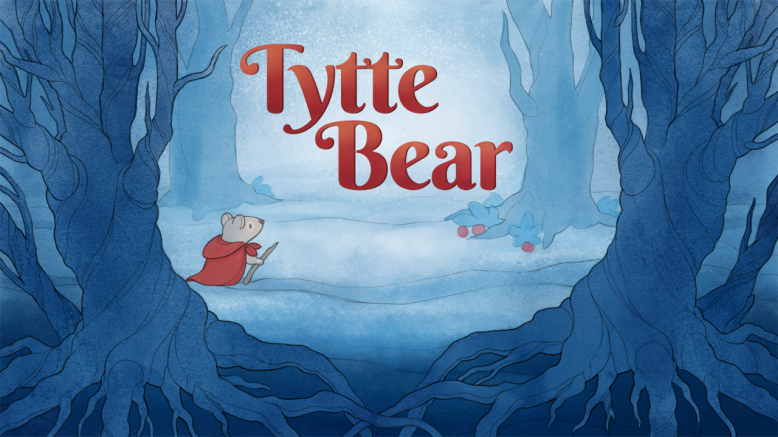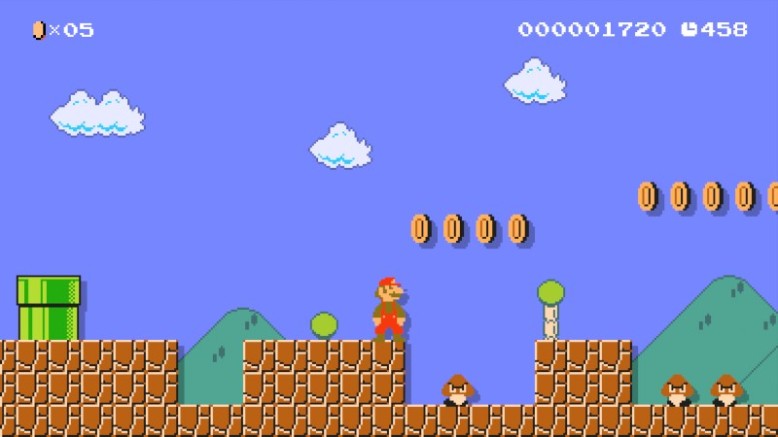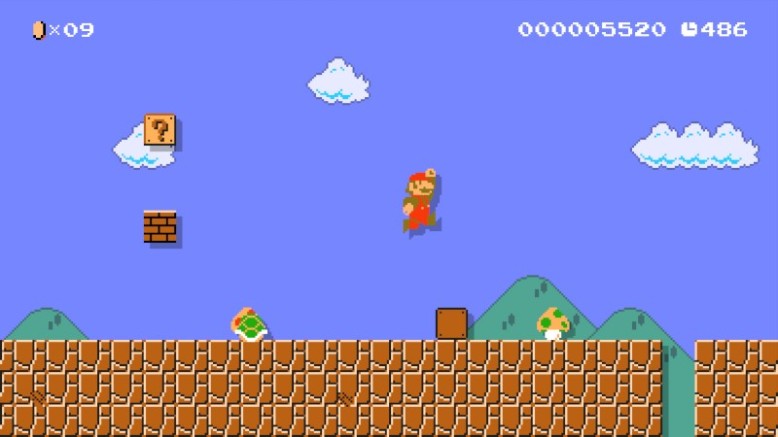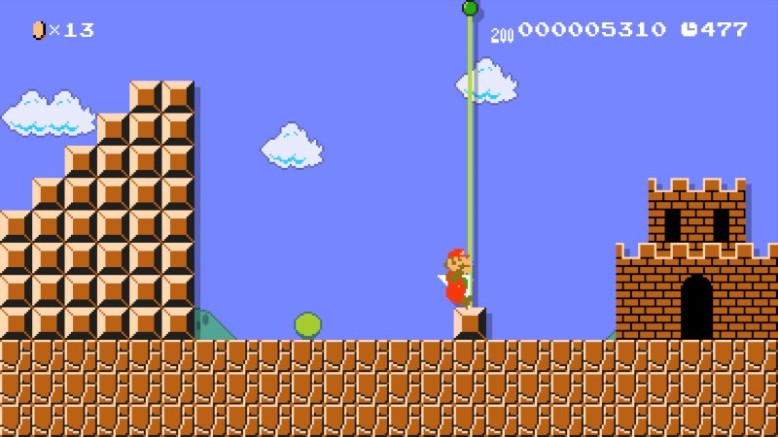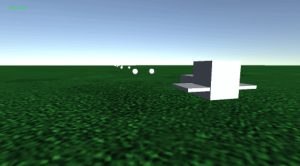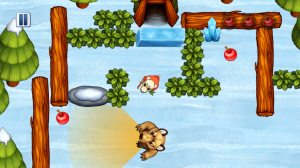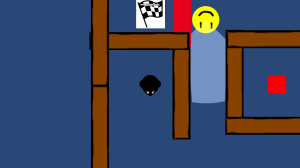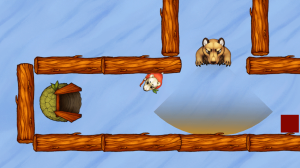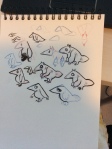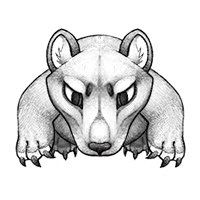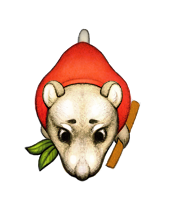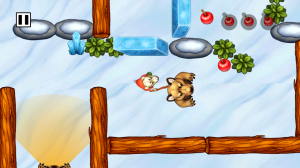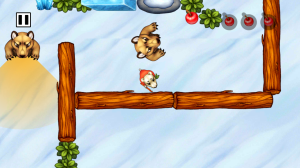To catch them is my real test. To train them is my cause.
These two lines from the legendary theme song might not be as famous as the introductory proclaim to be the very best. But they do summarize what the player actually does in the Pokémon games. A task that has stayed basically the same ever since the monochromatic origin on the original Gameboy. Now it is time again in Pokémon Go, a game that in less than a week made the whole world succumb to Pokémania.
At first glance it appears like it is business as usual in the world of Pokémon. Besides the obvious need to take walks in the real world. Cute monsters are captured, trained and evolved into more powerful forms. Battles with are fought and a huge number of balls are thrown. However, one thing is fundamentally different. This time it is a free-to-play game with microtransactions. Upon closer inspection, it becomes clear that this change of monetization model has steered many of the design decisions made by the developers Niantic. As a result, the game is radically different compared to its Gameboy and DS counterparts. In fact, Pokémon Go favors heavily the “catch them” over the “train them”. Let us begin by going back the late 90s and to see how training worked in Pokémon Red and Blue Version.
Red and Blue
You choose your very first Pokémon and head out into the Kanto region to become a Pokémon master. In order to do so, you obtain new Pokémon by capturing them in the wild or trading with other players. Throughout the game you construct a team consisting of six Pokémon which you use in battle against other monsters. Both wild ones and those under the command of a Pokémon trainer. As you progress, the opposition becomes progressively stronger. To stand a chance your Pokémon must be trained. Which conveniently is done through battles. When a Pokémon participates in a fight, it gains experience points. With enough points accumulated it will level up and potentially learn new attacks or evolve into a stronger Pokémon. Leveling goes on a scale from 1 to 100. However, the level is only a rough indication on how strong it is. A Pokémon’s true potential is lies in its statistics.
A Pokémon has five (six in later games) different statistics that determines its offensive and defensive capabilities. Exactly how they are calculated is a complex subject. In short, a Pokémon trained by a player will have higher statistics than a wild Pokémon of equal level. So let us take a look at the elusive Pidgey.
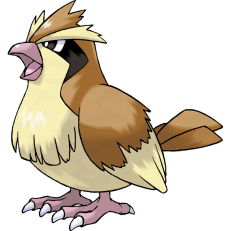
#16 Pidgey – The tiny bird Pokémon
Pidgey is one of the most common Pokémon in Red and Blue. Pidgey lives just outside the small town where you start the game. Hence it will be one of the first Pokémon you capture. In this early area, Pidgey is only around level 2-5. You could just ignore. Later in the game you will be able to catch its evolved form Pidgeotto who will be around level 30. But if you stick with that puny level 2 Pidgey it will have evolved into Pidgeotto long before you reach their natrual habitat. Your Pidgeotto will have higher statistics than any wild bird and probably out level them as well due to the natural progression of the game.
The statistics system in Pokémon Red and Blue favors players who spend time on their individual Pokémon. In the long run, training weak Pokémon will result in a stronger team compared to putting a bunch of freshly caught, high level Pokémon together. Hence, training is essential to be successful in Red and Blue. This has remained true in every new Pokémon game over the past two decades. Knowing this it is easy to assume that Pokémon Go follows this in some way.
Go
You choose your first Pokémon and head out into the real world to become a Pokémon master. In order to do so, you obtain new Pokémon by capturing them around your local area and maybe through trading when it is implemented in a future update. Throughout the game you will carry around a small army of Pokémon in your inventory. You will not use them to battle wild Pokémon. But you will use them in gym battles.
Gym battles is basically a turf war between three rivaling teams. You can place one of your Pokémon in a gym to defend it. But if it is owned by another team, their Pokémon must first be kicked out by defeating them in battle. You have chosen team Valor (obviously) and want to take over the local gym with your Pidgey. However, the neighbor joined team Mystic and currently rules the gym with a mighty Dragonite sporting a Combat Power (CP) of 2900.
CP is what Pokémon Go uses instead of levels. The scale starts at 1 and has a maximum that depends on the Pokémon but possible max CP tend to be around 2500-3000. Like the other Pokémon games, Go also have a system for calculating a Pokémon’s statistics. But unlike the other games, the statistics are not visible to the player. Your Pidgey currently has 40 CP.

Not exactly a threat for a Dragonite.
40 CP which will not be enough. You would need to train Pidgey a lot before facing Dragonite. But training is not done through battle. Which is maybe a good thing considering that Dragonite would squash your tiny bird in one blow. Instead you boost CP by consuming a resource called Stardust combined with a Pokémon specific candy. Stardust is obtained by capturing any kind of Pokémon. The specific candy is awarded for capturing that specific Pokémon. Capturing a Pidgey results in 100 Stardust and 3 Pidgey Candy. A captured Pokémon can also be transferred (a nice word for deleted) in exchange for 1 extra candy. Powering up a 40 CP Pidgey will cost you 200 Stardust and 1 Pidgey Candy. And those numbers grow as CP increases. You also have the option to evolve it for 12 candies which will also increase CP.
Doing the evolution math. Evolving one Pidgey into a Pidgeotto requires you to capture 4 and transfer 3 of them. To evolve it again to its third and final form, Pidgeot, requires 50 candies. That is another 13 Pidgey to catch and transfer. Running it through a calculator tells us that after consuming 16 other birds we have a Pidgeot with a whooping 140 CP. Dragonite eat that for lunch. You would still need to capture Pidgey until the Miltank comes home before your Pidgeot even has the slightest chance to succeed in battle.
This process is not very effective. Furthermore, during all this grinding you will probably find other Pidgey 10 times as powerful as the one you are trying to power up. It makes more sense to just use them instead. Especially since the statistics of a Pokémon does not increase like in the Gameboy games. Powering up only increases CP. The underlying base statistics does not increase. Thus it is favorable to just replace your Pokémon when you find a stronger one.
This causes problems for the player. The game is not exactly clear with how its mechanics work. But looking at your Pokémon you will quickly find two big buttons for power up and evolution. First time playing, it seems like you should press them. You do and get positive feedback since the Pokémon gets stronger. Obviously you did good! So you press again and again till you have used up all the Stardust and Candy. The next day you find the same kind of Pokémon but with way more CP. Then you realize that all that boosting was a mistake. You should have waited instead of spending. Optimally you should not spend anything until late game when wild Pokémon does not increase in power anymore. At that moment you want as much resources as possible since powering up will be more expensive. This is impossible for a new players to know and they get punished for it hours after they have done this beginners mistake.
So the system has problems. But why did Niantic go for it?
Poké Balls and Microtransactions
Niantic wants you to capture Pokémon and never stop. A look in the game’s shop makes that clear.
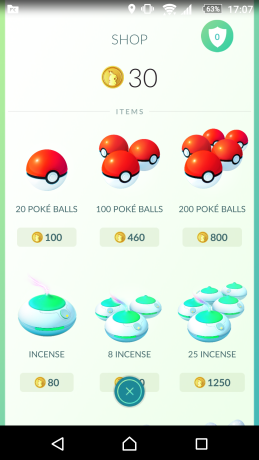
The Pokémon Go shop
Here you can buy seven different types of items through microtransactions. Three of them are used for hunting Pokémon. Lure and Incense attract the monsters and Poké Balls are used for capturing. The fourth item is an incubator for hatching eggs. All of these items revolve around acquiring more Pokémon. Two of the other items are permanent upgrades to the inventory size so you can store all the items and Pokémon. The last item, the lucky egg, is the only item used for leveling up since it doubles experience. However, that is the trainer’s level. Not Pokémon level. Increasing the trainer level makes Pokémon with higher CP appear in the wild. Increasing the incentive for the player to look for more creatures to catch.
The slow power up system in Pokémon Go is a result of its monetization system. In Red and Blue, players would catch one of each Pokémon and focus on a select few to train. This player behavior is definitely not desired when you have a virtual store that sells Pokémon hunting gear. Thus every aspect of Pokémon Go makes the player catch more. Training and evolving one Pokémon requires you to catch hundreds of other monsters. Doing results in experience points that levels up the trainer, causing Pokémon with higher CP to appear. Which of course leads to even more capturing.
Some last words
After a long journey in Pokémon Red/Blue, you finally stand victorious as the Pokémon League Champion. Professor Oak, the world-renowned Pokémon researcher, congratulates you on your achievement. He then turns to his grandson, the former champion, and says:
Do you understand why you lost? You have forgotten to treat your Pokémon with love and trust.
One can wonder what Professor Oak would say if he saw what all the trainers in Pokémon Go are doing. A game where Pokémon are transferred away and replaced constantly as their trainers find other Pokémon with slightly higher CP. Though one can hardly blame the players since Niantic has carefully designed for this behavior to fit Pokémon into a free-to-play model.

